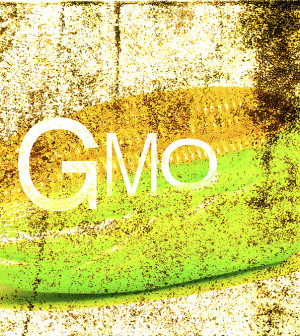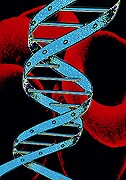- How Daily Prunes Can Influence Cholesterol and Inflammation
- When to Take B12 for Better Absorption and Energy
- Epsom Salts: Health Benefits and Uses
- See What Saffron Can Do for Sleep and Heart Health
- 6 Common Mistakes to Avoid Before Your Physical
- Can Sweating Really Help You Beat a Cold?
- Strengthening Your Relationship: Practical Strategies
- Skip Storing This Everyday Product in the Fridge Door
- Green Tea + B3 Pairing May Boost Brain Health
- Navigating Your Midlife Crisis: Embracing New Possibilities
New Clues to Causes of Autism Found


THURSDAY, Aug. 29A group of enzymes in the brain appears to be key to the activity of many genes linked to autism, a new study reveals.
Experts hope the findings will shed light on the causes of autism, and possibly lead to new treatments.
The study results, published online Aug. 28 in the journal Nature, hint that if disruptions in enzymes called topoisomerases occur during brain development, they might contribute to the development of autism spectrum disorders.
The enzymes are found throughout the body, and their main job is to “untangle the knots” in cells’ DNA so the cells can function and reproduce themselves normally, explained senior researcher Mark Zylka, an associate professor of cell biology at the University of North Carolina at Chapel Hill.
Topoisomerases have been well studied for their role in helping tumor cells to spread, and drugs that inhibit the enzymes are already used to treat certain cancers.
There have also been hints, though, that topoisomerases might contribute to autism. Last year, researchers reported that some people with autism spectrum disorders have mutations in these enzymes.
“But we’ve known little about how they work in the brain,” said Zylka.
In lab experiments with mouse and human brain cells, Zylka’s team found that a topoisomerase-inhibiting drug reduced the activity of 49 genes that past studies have linked to autism. That points to the importance of topoisomerases in the normal expression of those genes.
“A single drug down-regulated all of those genes,” Zylka said.
That does not mean, however, that topoisomerase inhibitors should be tested for treating autism. If anything, Zylka explained, you would want a drug that enhances the enzymes’ actions.
But now researchers can look for compounds that do just that.
What’s more, the findings point to a biological process that ties together dozens of different genes that are suspected of being involved in autism. “Well over 300 (autism-linked) genes have been identified now,” Zylka said. “That list looks daunting, but the goal is to figure out how all these genes are connected,” he said.
“It can be overwhelming when you look at the list of genes,” agreed Andy Shih, senior vice president for scientific affairs for the advocacy group Autism Speaks.
But if you can zero in on the “biological pathways” linking those genes, “it all starts to make sense,” said Shih, who was not involved in the study.
In the United States, it’s estimated that at least one in every 88 children has an autism spectrum disorder, with the severity ranging widely from child to child. Some kids have little or no ability to speak, and focus obsessively on just a few interests; other kids speak and have normal to above-normal intelligence, but may have problems socializing and communicating more subtly — for example, trouble using and “reading” gestures, body language and facial expressions.
No one knows what causes autism spectrum disorders, but experts believe that it’s a complex mix of genetic vulnerability and environmental exposures — possibly chemicals or microbes.
Shih pointed to an “interesting” fact about topoisomerases: Their activity is believed to be influenced by environment, including compounds in food and in the physical world. So, he said, studying the enzymes might help researchers pinpoint some of the environmental factors that contribute to autism spectrum disorders.
“We’ve been talking for a long time about the interaction between genes and environment in autism,” Shih said. Topoisomerases could offer a way for scientists to begin to connect the dots.
Zylka agreed, and said his team is searching for environmental compounds that inhibit topoisomerases — and may, therefore, be important for pregnant women or young children to avoid.
There is still, however, a long way to go in fully understanding the underpinnings of autism spectrum disorders. “We’ve just scratched the surface of what’s going wrong in the brain” in autism, Zylka said.
More information
The U.S. Department of Health and Human Services has more on autism.
Source: HealthDay
Copyright © 2026 HealthDay. All rights reserved.










